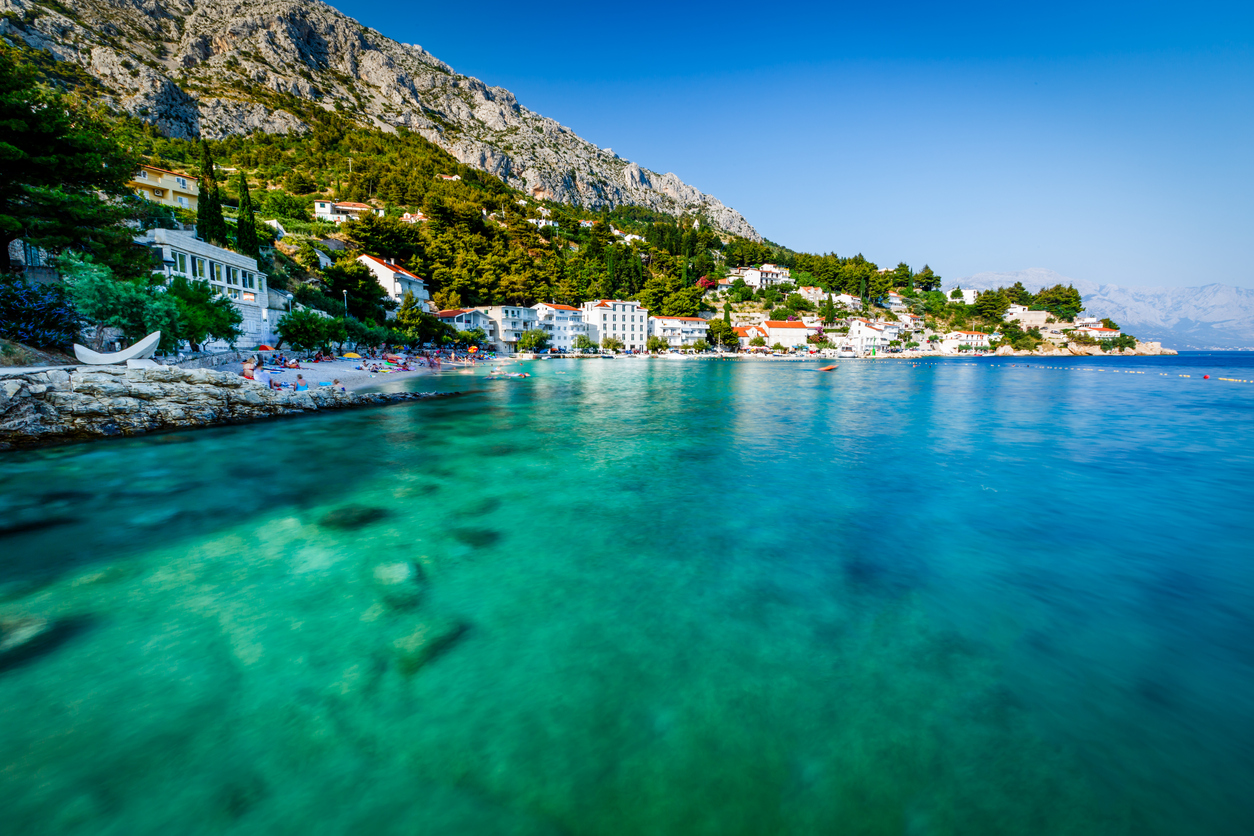This Adriatic cruising guide has been specifically crafted to impart some of the most useful information required to cope with a sailing vacation on the Adriatic coast. From unsettled weather conditions to cruising in the different regions of the Adriatic in general, here are all the key takeaways for a truly exceptional sea voyage.
Getting There
The Dalmatian Coast can be accessed by a day of sailing from the Italian coast through Albania and Montenegro. Crossing the Adriatic from Vieste, on Lastovo Island of Korcula is also popular. For those who want to reach quicker, the two international airports at Split and Dubrovnik are well connected with all major destinations in Europe.
Adriatic Sailing
The Adriatic sea is roughly 400 nm long and 100 nm wide and the top unmissable activity here is cruising. The season for cruising yachts begins at Easter, which sees a busy season for a few weeks. The peak period begins in mid-July when hordes of big motor vessels arrive and get difficult to find a berth. The visitors disappear in late August and it is all quiet from September to October.

Check The Weather
Since there is a high level of unpredictability due to the marked differences in the wind pressure and high terrain, it is imperative to check out the weather conditions beforehand on the Adriatic sea.
The area is noted for violent tornadoes and thunderstorms which can make navigation difficult. There are serious threats from the strong Bora wind along the mountainsides of Croatia.
The Sailing Regions
The Dalmatian Coast from Zadr southeastwards is the most popular cruising ground, as the long chain of parallel islands serves as a shelter from the powerful bora winds. There are scores of free and safe anchorages for large cruisers and smaller charter boats in this region.
Montenegro and Albania serve as a passage between Croatia and Greece. While few boats venture out in this area there are some spectacular spots on the Kotor Fjord of Montenegro which is worth a visit.
Unique charms
All the regions of Croatia have been very carefully preserved. The Old Towns, the lively cafe culture, an abundance of nature reserves, rich scenery, and hundreds of safe anchorages have made this country the number one sailing destination globally.

Downsides
There is a lack of sandy beaches in Dalmatia as most of them are strewn with pebbles. That said, the high season sees massive crowds and an unpredictable number of charter vessels, which implies that you may have to pay a lot to cruise here. This, however, is far from the truth as Croatia is relatively cheaper than most European countries.
A high-class cruise operator can chart several discovery expeditions and sea voyages along the Adriatic coast. You can explore the Dalmatian and Adriatic shores on an eight-day cruise along with Serenmissima and onwards to the City of the Gods to enjoy some of the top sites of Greece and Italy as well.


